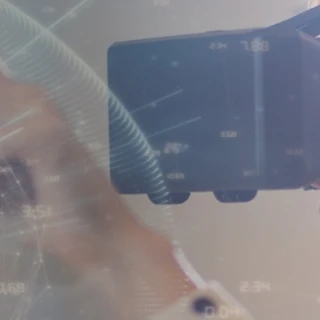
Discover the uses of augmented reality (AR) in Industry 4.0
Jun 26, 2018
- augmented reality
Virtual reality has been around for two decades, but advancements in visualization technologies are only now bringing high quality VR to the mainstream market. Augmented reality, VR’s less virtual sibling, overlays useful information onto the user’s view of the real world, conveying information, educating and connecting people – for big business benefits.
/delaware-del20-dbe-fr-blog-20200403-wide-(1).webp?mode=autocrop&w=320&h=240&attachmenthistoryguid=b6d94ac4-296c-48aa-a3cc-d07e3436c7ed&v=&c=fb3a04341ac2f072dd3534c807b115d053fdcded3400a5ca8dc88e6c14eb24fc)